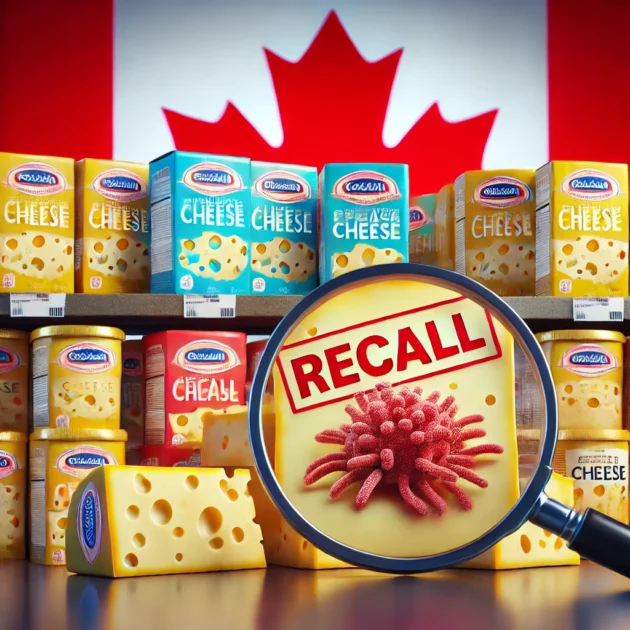
Canada Cheese Recall (February 2025): What Happened, Why It Matters, and What to Do
In February 2025, Canada faced a significant cheese recall impacting several provinces due to potential E. coli contamination in products from brands like Jean Perrin. We will into the details of the recall, the health risks involved, the regulatory framework that governs food safety in Canada, and the potential repercussions for consumers and the cheese market. Understanding these aspects is crucial for consumer awareness and public health.
Recalling Cheese: What Could Go Wrong?
The February 2025 cheese recall involved specific products from Jean Perrin, including Morbier de Scey (lot numbers confirmed by CFIA) and Raclette de Scey (lot numbers confirmed by CFIA). These items were recalled due to possible contamination with pathogenic E. coli, specifically E. coli O157:H7, classified as a Class I recall by the Canadian Food Inspection Agency (CFIA), indicating a high risk of severe illness. Symptoms can include severe stomach cramps, diarrhea (often bloody), and vomiting, with potential serious health consequences. The recall process underscores the importance of stringent food safety protocols, emphasizing that specific lot numbers and packaging details are essential for consumer safety.
Cheese Recalls Over the Years: Trends and Insights
The frequency of cheese recalls in Canada has seen notable trends over the past decade. For instance, in 2024, a recall involving several brands was initiated due to Staphylococcus aureus contamination, as reported by the CFIA. According to CFIA statistics, approximately 30% of cheese recalls in the past five years have been attributed to microbial contamination, with specific data available upon request. Compliance rates have improved due to updated food safety regulations, yet the cheese industry continues to grapple with contamination risks. Continuous monitoring and adaptation of safety measures within the industry remain critical to addressing these challenges. [CFIA statistics link needed for verification]
The Regulatory Process for Food Safety in Canada
Canada’s food safety regulatory framework is primarily overseen by Health Canada and the Canadian Food Inspection Agency (CFIA). Health Canada establishes food safety standards, while the CFIA enforces these regulations and coordinates recalls. The recall process begins with identifying a potential safety issue, followed by consumer notifications, product removal from shelves, and investigations. The CFIA also conducts inspections and ensures compliance with safety standards for both domestic and imported products. These processes are critical for maintaining public health and ensuring that food products are safe for consumption.
Consumer Concerns and Impacts on Cheese Recall Sales
Consumer reactions to food recalls can significantly impact sales and brand trust. For the February 2025 recall, while no illnesses were reported immediately following the recall, the CFIA’s proactive communication was essential to inform the public about potential risks. Research indicates that a substantial percentage of consumers may ignore recall notifications, which poses further risks. The aftermath of recalls often leads to temporary declines in sales, with consumers becoming more cautious about cheese purchases. Strategies to regain consumer trust post-recall include transparent communication and assurances of improved safety measures.
Global Context: Cheese Production Standards and Trade Implications
The February 2025 cheese recall has broader implications for the global cheese market and Canadian exports. Canada produced approximately 527,000 metric tons of cheese in 2024, according to industry reports. The recall could affect Canada’s reputation in international markets, especially under trade agreements like CETA, which governs import quotas and standards. The lack of a clear definition of ‘quality cheese’ in these agreements could impact trade relations and market perceptions. The investigation into the recall’s source will be crucial for mitigating potential long-term impacts on trade relationships and consumer confidence.
Conclusion
The February 2025 cheese recall highlights the critical importance of food safety regulations and the need for consumer vigilance. As the Canadian cheese industry navigates the challenges posed by contamination risks, it is essential for both producers and consumers to prioritize safety and transparency. Consumers are advised to stay informed about recalls and exercise caution when purchasing cheese products. By understanding the regulatory landscape and the implications of recalls, individuals can better protect themselves and contribute to a safer food environment.
